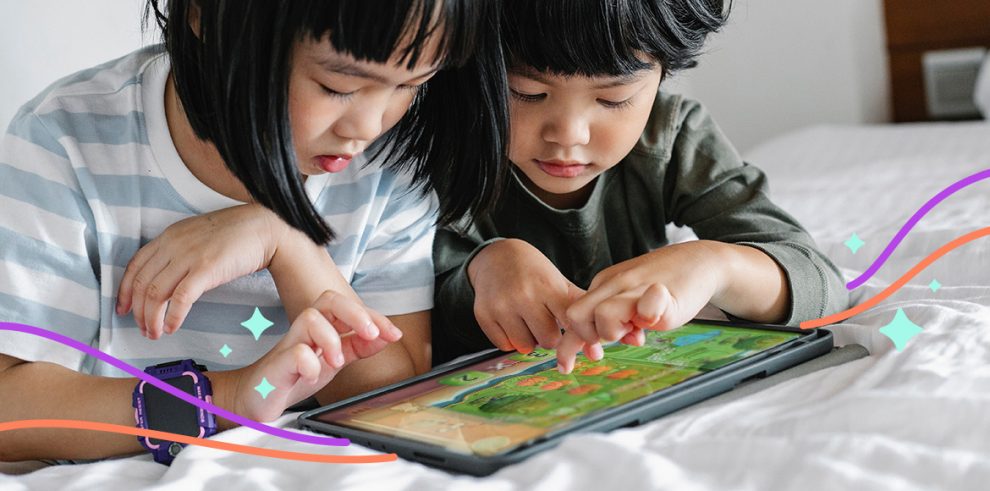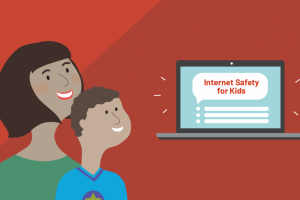
Introduction
In recent years, video games have become an integral part of modern entertainment and culture. However, beyond their recreational value, video games have the potential to foster learning and development, giving rise to the concept of video game literacy. As an editor of an English education website, I aim to explore the importance of video game literacy and the role of educational games in promoting meaningful learning experiences. This article will delve into the benefits of video games as educational tools, highlight successful examples, and provide insights into the future of this rapidly evolving field.
I. Understanding Video Game Literacy
A. Embracing the Power of Interactive Media Video game literacy refers to the ability to understand, analyze, and engage with video games effectively. Just as traditional literacy allows individuals to comprehend and communicate through written text, video game literacy equips individuals with the skills to navigate and derive meaning from interactive digital media. By embracing video game literacy, we can harness the educational potential of this immersive medium.
“Video games foster the mindset that allows creativity to grow.” – Nolan Bushnell
B. Developing Critical Thinking and Problem-Solving Skills Video games often require players to think critically and solve complex problems within virtual worlds. By engaging with game mechanics, players learn to analyze situations, make strategic decisions, and adapt to changing circumstances. These cognitive skills are transferable to real-life situations and can enhance problem-solving abilities beyond the gaming context.
II. Benefits of Educational Games
A. Engaging and Motivating Learning Experiences Educational games have the unique ability to engage learners in immersive and interactive experiences. By integrating educational content into gameplay, these games captivate learners’ attention, fostering motivation and sustained engagement. This engagement enhances knowledge retention and the application of learned concepts.
B. Personalized Learning and Adaptability Educational games often incorporate adaptive technologies that customize the learning experience based on individual progress and needs. By dynamically adjusting difficulty levels, content presentation, and feedback mechanisms, these games cater to learners’ unique abilities, maximizing their learning potential.
C. Collaboration and Social Interaction Many educational games feature multiplayer or cooperative gameplay, promoting collaboration and social interaction among players. These games encourage teamwork, communication, and the development of interpersonal skills. Learners can engage in shared experiences, solve problems together, and learn from their peers.
III. Successful Examples of Educational Games
A. Minecraft: Unleashing Creativity and Collaboration Minecraft, a popular sandbox game, has been widely recognized for its educational potential. With its open-ended gameplay, players can explore and build virtual worlds, fostering creativity, problem-solving, and collaboration. Educators have harnessed Minecraft’s versatility to teach subjects ranging from history and geography to coding and architecture.
B. Math Blaster: Gamifying Mathematics Education Math Blaster is an educational game that has successfully transformed the learning of mathematics into an enjoyable and interactive experience. By integrating math challenges and puzzles into an exciting space-themed narrative, Math Blaster motivates learners to practice and develop their mathematical skills in a game-based environment.
C. Duolingo: Language Learning Made Fun Duolingo, a language-learning app, gamifies the process of learning a new language. Through interactive lessons, quizzes, and challenges, Duolingo engages learners in a playful and engaging manner. The app’s gamified elements, such as earning points, leveling up, and competing with friends, provide motivation and enhance language acquisition.
IV. The Future of Educational Games
A. Virtual Reality (VR) and Augmented Reality (AR) The advancements in virtual reality and augmented reality technologies hold immense potential for educational games. By immersing learners in virtual environments or overlaying educational content onto the real world, these technologies can enhance engagement, visualization, and experiential learning.
B. Game-Based Assessment and Analytics Educational games can provide valuable insights into learners’ progress, strengths, and areas for improvement through data analytics. Game-based assessments offer a more engaging and authentic alternative to traditional evaluations, allowing educators to gather meaningful information about learners’ skills and knowledge.
C. Gamification in Traditional Education The principles of gamification, such as points, badges, leaderboards, and rewards, can be applied to traditional educational settings to enhance motivation and engagement. By incorporating game elements into classroom activities, educators can create more dynamic and interactive learning experiences.
Conclusion
Video game literacy and educational games are reshaping the landscape of education, providing engaging and meaningful learning experiences for learners of all ages. By embracing the power of interactive media, leveraging the benefits of educational games, and exploring emerging technologies, we can unlock the full potential of video games as tools for education.
“Games are the most elevated form of investigation.” – Albert Einstein
As we continue to navigate the ever-evolving digital landscape, let us harness the educational potential of video games and empower learners to become critical thinkers, problem solvers, and lifelong learners. Together, let’s embrace video game literacy and pave the way for a more engaging and effective approach to education.

















